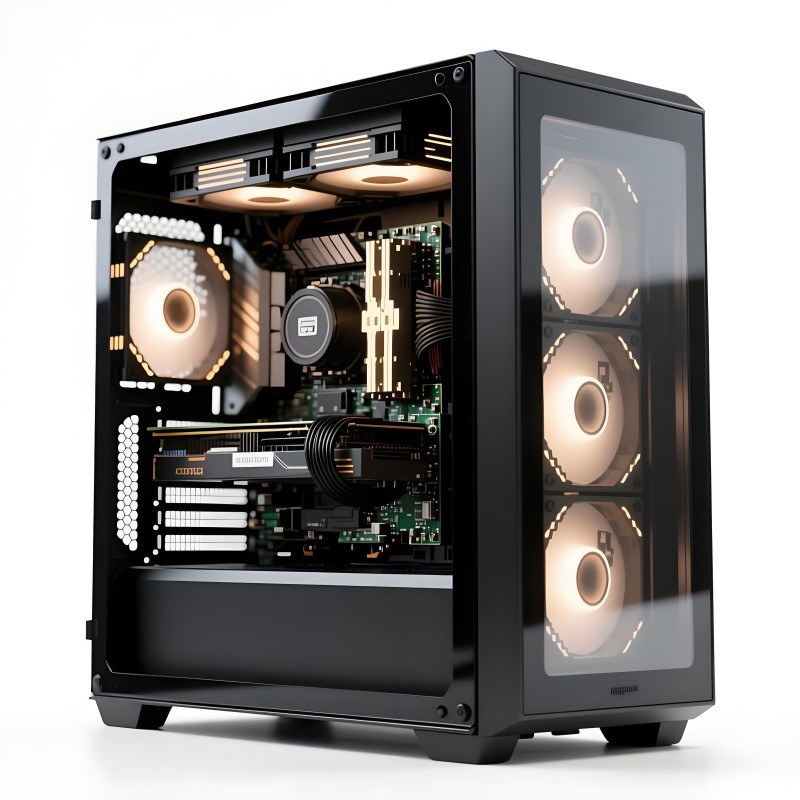Product Description
Low-E conductive glass (Low-emissivity conductive glass) is a specialized glass that combines optical transparency with electromagnetic shielding functionality for shielded enclosures. It achieves Low emissivity (E-value ≤ 0.15) and conductivity by coating metal oxides or silver-based films, while meeting the shielding effectiveness requirements of the Electromagnetic Shielding Glass standard for the 30MHz–1GHz frequency range.
Application
•Radar Enclosures & Command Shelter Viewports
Must meet high shielding effectiveness (≥80dB) and explosion-proof requirements.
•5G Base Stations & Server Shielding Enclosures
Utilize laminated composite structures to balance transparency and protection.
•MRI Shielding Room Viewports
Require non-metallic interference-free design while maintaining optical clarity.





